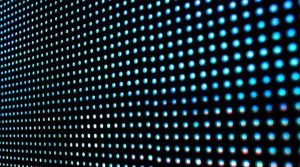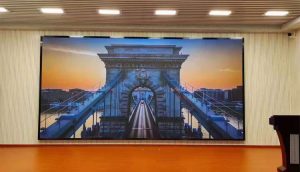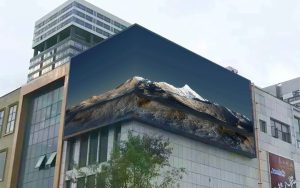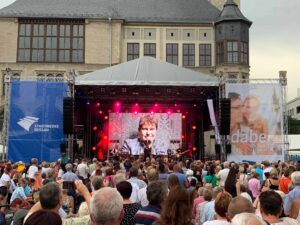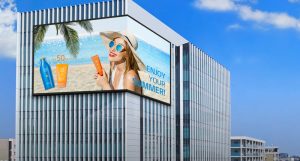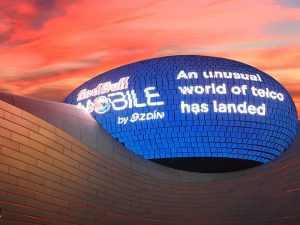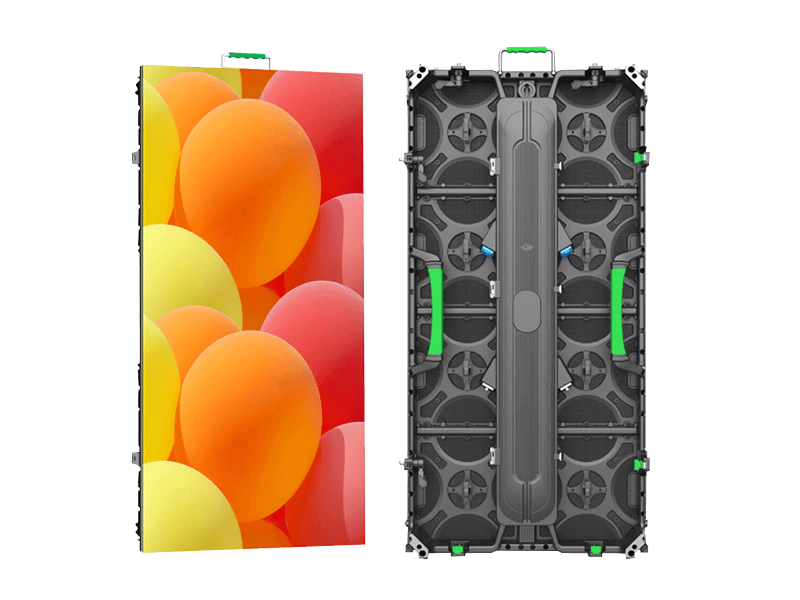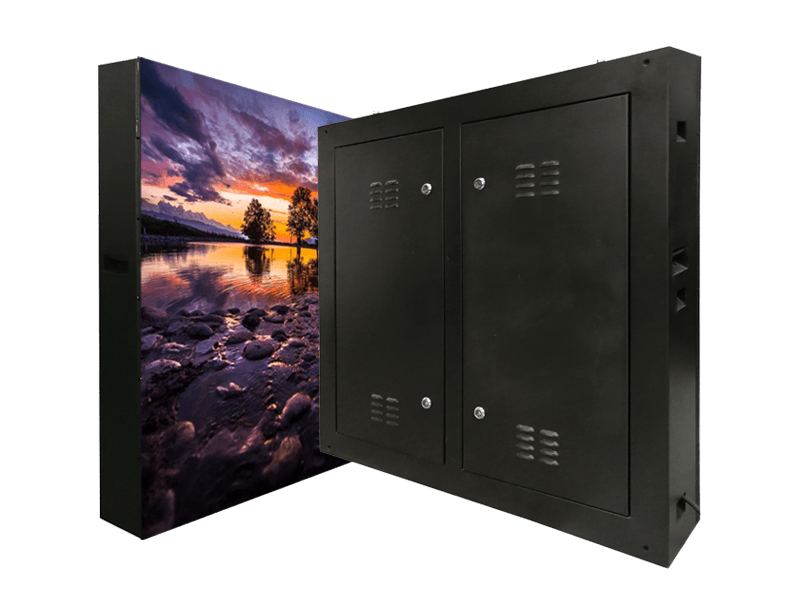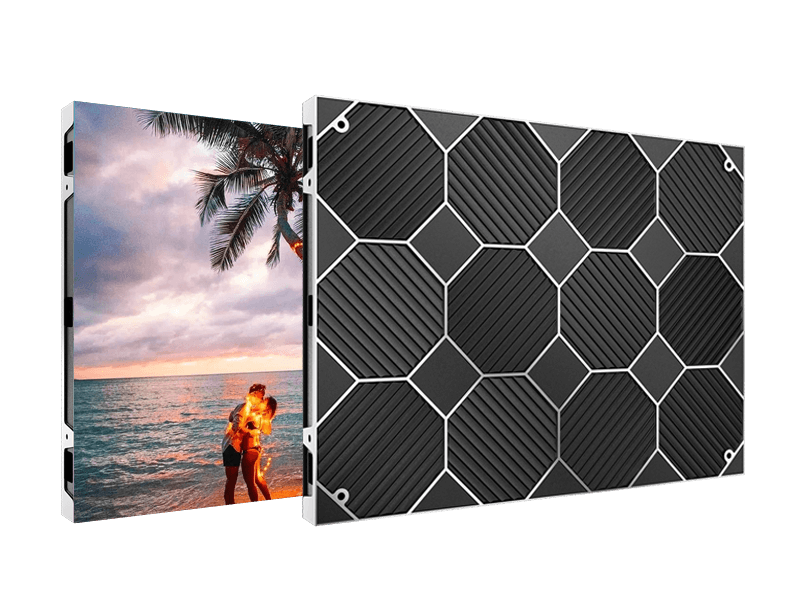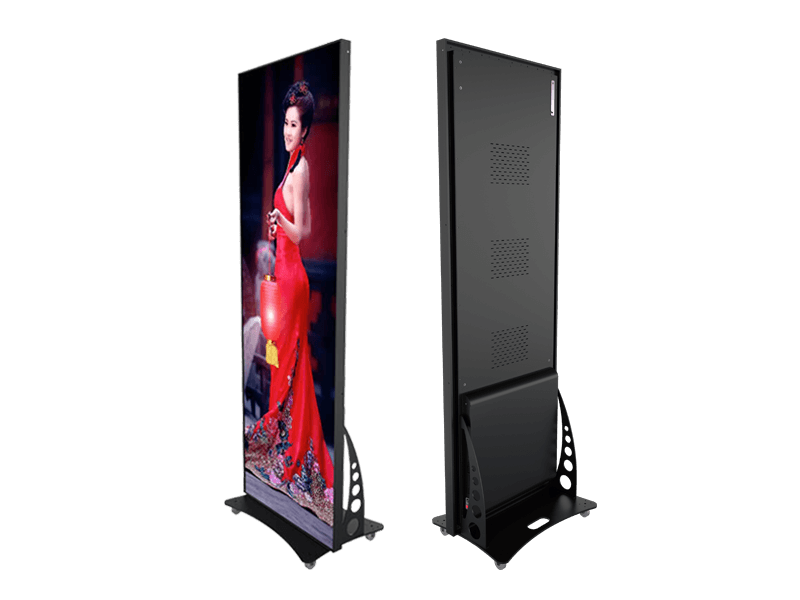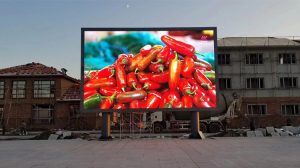
Recognize LED display (II) — LED display classification
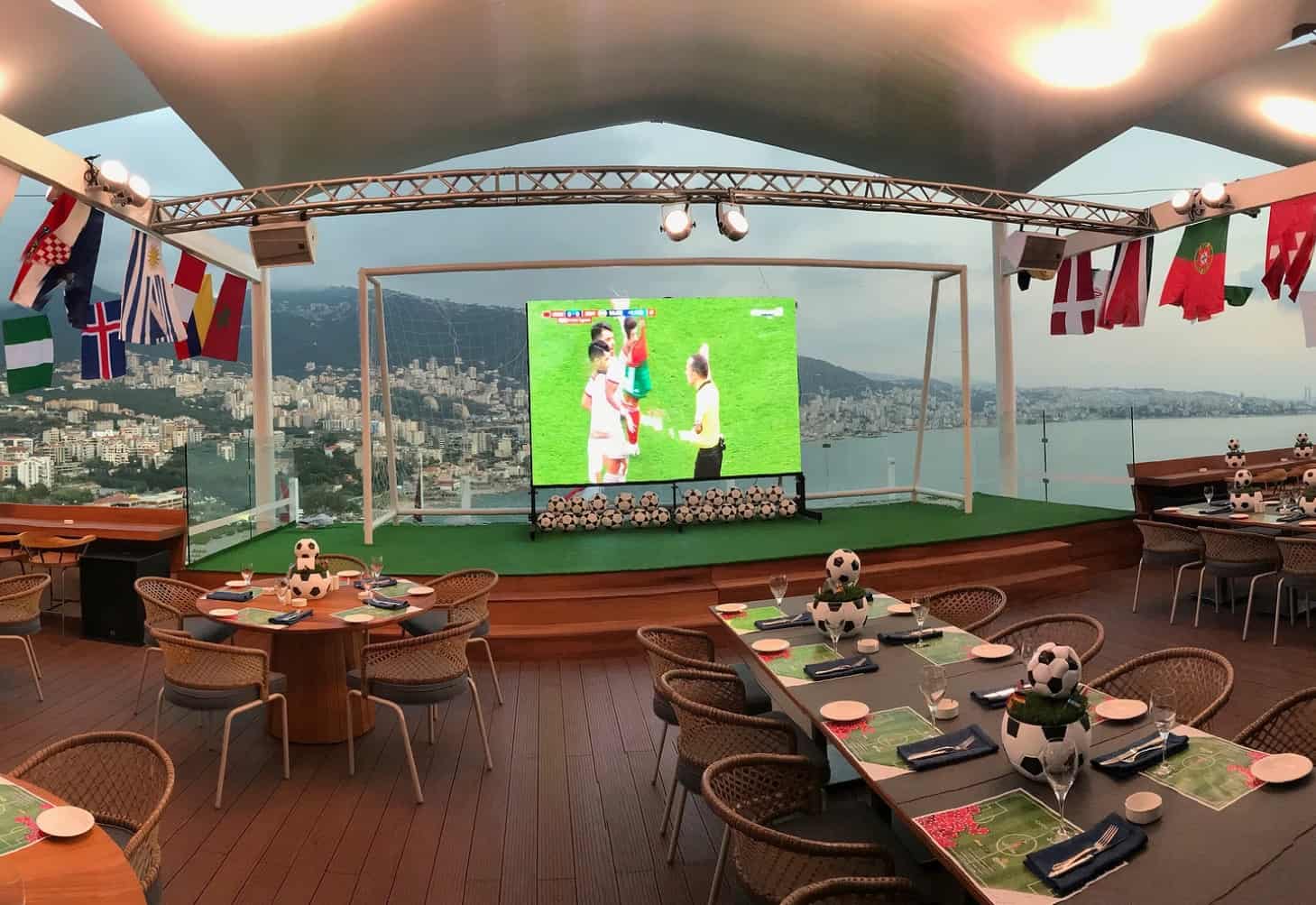
Recognize LED display (II) — LED display classification
Classified by installation environment into outdoor, semi-outdoor, and indoor LED display screens:
a. Outdoor LED display screens are completely exposed to outdoor environments, requiring features such as rainproof, moisture-proof, salt spray-proof, high temperature-resistant, low temperature-resistant, UV-resistant, lightning-proof, etc. They also require high brightness to ensure visibility under sunlight.
b. Semi-outdoor LED display screens are positioned between outdoor and indoor environments, typically installed under eaves or in windows where rain exposure is minimal.
c. Indoor LED display screens are entirely placed indoors, emitting soft light with high pixel density. They lack waterproofing and are suitable for indoor use. They are commonly used in conference rooms, stages, bars, KTVs, banquet halls, command centers, television stations, banks, securities firms for displaying market information, transportation information at stations and airports, advertising notices in enterprises, and as backgrounds for live broadcasts.
Classified by control mode into synchronous and asynchronous LED display screens:
a. This classification is in relation to the computer (video source). Simply put, synchronous LED display screens require the continuous connection to a computer (video source) to operate. If the computer is shut down (video source disconnected), the LED display screen cannot function. Synchronous LED display screens are mainly used in large full-color LED display screens and rental screens.
b. Asynchronous LED display screens can operate independently from a computer (video source). They have storage capabilities, storing the content to be played in the controller. Asynchronous LED display screens are mainly used in small and medium-sized LED display screens and advertising screens.

Classified by primary colors into single-color, dual-color, and three-primary-color (full-color) LED display screens:
a. Single-color LED display screens are mainly used for displaying text and can also display two-dimensional images. Red is the most common color, but white, yellow, green, blue, and purple are also available. They are typically used in storefront advertisements and indoor information displays.
b. Dual-color LED display screens are used for displaying text and two-dimensional images, capable of showing three colors: red, green, and yellow. Their usage is similar to single-color screens but offers significantly better display effects.
c. Three-primary-color LED display screens, commonly known as full-color LED display screens, can accurately reproduce most colors found in nature and can display videos, images, text, etc. They are widely used in outdoor wall advertisements of commercial buildings, public square pillar screens, stage backgrounds, sports event live broadcast screens, etc.

Classified by communication methods into USB, wired, wireless, etc.:
a. USB control is generally used for single-color and dual-color LED display screens with small control areas, conveniently allowing USB insertion and removal. In recent years, USB control has become obsolete.
b. Wired control includes serial port and network cable methods, directly connecting the computer to the LED display screen to send control information. In recent years, the serial port method has become outdated, with the network cable method becoming mainstream. The control distance exceeds 100 meters, requiring fiber optics to replace network cables. Additionally, remote control can be achieved by connecting to the internet via the network cable.
c. Wireless control is a new control method that has emerged in recent years. It eliminates the need for wiring, establishing communication between the LED display screen and a computer/smartphone via WIFI, 4G/5G, etc. WIFI provides short-distance communication, while 4G/5G offers long-distance communication utilizing mobile networks, effectively removing distance limitations (within signal coverage range).

Classified by ease of assembly into fixed LED display screens and rental LED screens:
a. Fixed LED display screens are permanently installed and not intended for removal after installation, which is the case for most LED display screens.
b. Rental screens are intended for rental purposes, featuring easy assembly and disassembly, lightweight cabinets, aviation plug connectors for all connection lines, smaller area, and higher pixel density. They are mainly used for weddings, celebrations, performances, conferences, etc. Rental screens also come in outdoor and indoor variants, differing in rain resistance and brightness. The cabinets of rental screens are generally made of die-cast aluminum, providing lightweight, rust resistance, and aesthetic appeal.
Copyright © 2024 Singheng Optoelectronics Co., Ltd.
Contact Us
We look forward to hearing from you! Please leave your email and contact information, and we will get back to you as soon as possible. Thank you!
Contact Info
- Singheng Optoelectronics Co., Ltd.
- +86 137 5108 4336
- WhatsApp : +86 137 5108 4336
- Wechat : 137 5108 4336
- [email protected]
- http://www.singhengled.com
- Building 15, Hongfa Industrial Zone, No. 91 Tangtou Avenue, Shiyan Sub-district, Bao'an District, Shenzhen, China
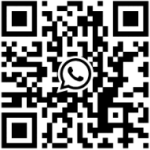
Products
- Rental LED Display
- Outdoor Fixed LED Display
- Indoor Fixed LED Display
- LED Poster Display
- Transparent LED Display
- Flexible LED Display
- All-in-One LED Conference Machine
- Stadium LED Display
- Floor LED Display
- LED Advertising Vehicle
- LED Cube
- LED Spherical Screen
- LED Module
Copyright © 2024 Singheng Optoelectronics Co., Ltd.

